

Articles
How Far Should Curtains Hang Below Window
Modified: February 24, 2024
Learn the ideal length for curtains and how far they should hang below your window. Read articles on curtain measurements and find the perfect fit for your home.
(Many of the links in this article redirect to a specific reviewed product. Your purchase of these products through affiliate links helps to generate commission for Storables.com, at no extra cost. Learn more)
Introduction
When it comes to dressing up your windows, curtains play a crucial role in enhancing the overall aesthetics of a room. However, knowing how far curtains should hang below the window can seem like a daunting task. Should they skim the windowsill or puddle gracefully on the floor? The decision of how low or high to hang your curtains can have a significant impact on the visual appeal and functionality of your window treatments.
Before diving into the specifics of curtain length, it’s important to consider various factors that can influence your decision. These factors include the style of your curtains, the size and shape of the window, the overall design theme of the room, and your personal preferences. By taking these factors into account, you can achieve the perfect balance between style and practicality.
Standard lengths for curtains can provide a helpful starting point in determining how far they should hang below the window. Typically, curtains are available in three standard lengths: 63 inches, 84 inches, and 95 inches. These lengths are designed to work with standard window heights, ensuring that the curtains cover the window without excessively dragging on the floor.
However, it’s important to note that these standard lengths may not always be suitable for every window or aesthetic preference. Depending on the style and function of the curtains, you may need to adjust the length accordingly.
Key Takeaways:
- Achieving the perfect curtain length involves considering factors like style, window size, and personal preferences. Customization options and careful measurements ensure the ideal fit for any space.
- Hanging curtains below the window can enhance aesthetics, create the illusion of height, and improve light control. However, potential drawbacks like maintenance challenges and space constraints should be carefully considered for a balanced approach.
Read more: How Far Down Should Curtains Hang
Factors to Consider
When deciding how far curtains should hang below the window, several key factors should be taken into consideration:
- Style of the Curtains: Different curtain styles have different recommendations for length. For example, café curtains typically hang just above or below the windowsill, while floor-length curtains are meant to extend all the way to the floor.
- Size and Shape of the Window: The size and shape of the window can also impact the curtain length. For smaller windows, shorter curtains that hang just below the windowsill can create the illusion of height. On the other hand, taller windows may benefit from longer curtains that extend to the floor.
- Design Theme of the Room: Consider the overall design theme and style of the room. If you prefer a more modern and streamlined look, curtains that hang just below the windowsill or hover slightly above the floor can create a clean and minimalist appearance. However, if you have a more traditional or luxurious setting, longer curtains that puddle on the floor can add elegance and drama to the space.
- Functional Considerations: Additionally, the functionality of the curtains should be taken into account. If you need privacy or light control, curtains that hang all the way to the floor can offer better coverage. Alternatively, if you want to maximize natural light and have an unobstructed view, shorter curtains that only cover part of the window may be more suitable.
- Personal Preferences: Ultimately, your personal preferences should guide your decision. Consider the look and feel you want to achieve, whether it’s a cozy and intimate atmosphere or a bright and airy space.
By considering these factors, you can make an informed decision about how far curtains should hang below the window, finding the perfect balance between style, functionality, and personal taste.
Standard Lengths for Curtains
When it comes to selecting the right curtain length, standard lengths can serve as a helpful starting point. These standard lengths are designed to cater to typical window heights and can be easily found in most curtain collections. The three most common standard lengths for curtains are:
- 63 inches: Curtains with a length of 63 inches are often referred to as “window-length” or “tier curtains.” They typically hang just below the windowsill, providing a clean and tailored look. This length is ideal for smaller windows, kitchen windows, or if you prefer a more casual and less formal appearance.
- 84 inches: Curtains with a length of 84 inches are referred to as “floor-length” or “regular-length” curtains. They typically hang around 1 inch above the floor, creating a classic and timeless look. This length is suitable for most standard windows and works well in living rooms, bedrooms, and dining areas.
- 95 inches: Curtains with a length of 95 inches are known as “extra-long” curtains. They are ideal for taller windows or if you want to achieve a more dramatic and luxurious effect. These curtains often have a slight puddling effect on the floor, adding a touch of elegance to the room.
It’s important to note that these standard lengths are general guidelines and may not always be suitable for every window or personal preference. Depending on the specific style and function of the curtains, you may need to adjust the length accordingly.
Furthermore, it’s worth mentioning that curtain lengths can also vary depending on the manufacturer and retailer. Always measure your windows and consult the specific measurements provided by the curtain manufacturer before making a purchase.
Additionally, if you’re unable to find the perfect curtain length in standard sizes, many retailers offer customization options, allowing you to tailor the curtains to your specific window dimensions.
Now that you have an understanding of the standard curtain lengths available, it’s time to delve into the question of how far below the window curtains should hang for different purposes and effects.
How Much Below the Window Should Curtains Hang?
The ideal length for curtains to hang below the window depends on several factors, including the style of the curtains, the desired look, and the functionality you want to achieve. Here are some general guidelines to consider:
- Skimming the Windowsill: If you prefer a more casual or modern look, curtains that skim the windowsill can be a great option. This length allows the curtains to cover the window while still allowing ample natural light to enter the room. It creates a neat and tailored appearance and is well-suited for kitchen windows, smaller windows, or rooms with a minimalist design.
- Hanging Just Below the Windowsill: Hanging curtains just below the windowsill is a popular choice for achieving a balanced and polished look. This length provides a clean and crisp appearance, adding a touch of elegance to any room. It works well in bedrooms, living rooms, or any space where a more formal or traditional aesthetic is desired.
- Extending to the Floor: For a more luxurious and dramatic effect, curtains that extend to the floor can create a stunning visual impact. This length can make ceilings appear higher and add a sense of grandeur to the room. However, it’s important to ensure that the curtains do not touch the floor to prevent dirt and dust buildup. To achieve this length, measure the distance from the curtain rod to the floor and subtract a few inches to create a slight gap.
- Puddling on the Floor: If you want to create a lavish and opulent aesthetic, curtains that puddle on the floor can be a striking choice. Puddling refers to allowing the curtains to gather in a graceful heap on the floor. This length is often used in formal settings such as dining rooms or formal living rooms. However, it requires regular maintenance to prevent the curtains from becoming dirty or tangled.
It’s essential to consider the height of your window, the overall design theme, and the functionality you desire when determining how far below the window your curtains should hang. Experimenting with different lengths and seeking the advice of professional interior designers can help you achieve the perfect balance in your space.
Next, let’s explore the benefits of hanging curtains below the window and potential drawbacks to consider.
Curtains should hang 4-6 inches below the window frame to create a polished look. This also allows for maximum light when the curtains are open.
Benefits of Hanging Curtains below the Window
Opting to hang curtains below the window can bring several benefits to your space:
- Enhanced Aesthetics: Hanging curtains below the window can add a sense of style and sophistication to any room. It helps frame the window, creating a focal point and adding visual interest. The curtains can complement the overall design theme of the space and contribute to a cohesive and well-curated look.
- Illusion of Height: By hanging curtains below the window, you can create the illusion of taller windows and higher ceilings. This is particularly beneficial for rooms with low ceilings or small windows. The extended length of the curtains draws the eye upward and gives the impression of a more spacious and grander room.
- Improved Light Control and Privacy: Hanging curtains below the window allows for better light control and privacy options. The additional fabric can help block out more light when the curtains are closed, offering a darker and more private space. This is especially useful for bedrooms, nurseries, or rooms where you desire more control over natural light.
- Added Insulation: When curtains hang below the window, they provide an extra layer of insulation. This can help regulate the temperature in the room and improve energy efficiency by reducing heat loss during colder months or preventing excessive heat gain in warmer seasons. The curtains act as a barrier, helping to keep the room more comfortable all year round.
- No Exposed Window Frames: When curtains are hung below the window, they cover the upper portion of the window frame. This can be beneficial if your window frames are old, worn, or visually unappealing. The curtains conceal any imperfections or outdated details, giving the window a refreshed and polished appearance.
By taking advantage of these benefits, hanging curtains below the window can elevate the overall look and feel of your space while enhancing functionality and comfort.
However, it’s important to consider potential drawbacks as well. Let’s explore some of the drawbacks of hanging curtains too far below the window in the next section.
Potential Drawbacks of Hanging Curtains too Far below the Window
While hanging curtains below the window can have its advantages, it’s important to be aware of the potential drawbacks:
- Dust and Dirt Accumulation: When curtains hang too far below the window, they are more prone to collecting dust and dirt. Curtains that touch the floor can easily pick up debris, especially in high-traffic areas. Regular cleaning or maintenance may be required to keep the curtains looking fresh and clean.
- Potential Tripping Hazard: Curtains that extend all the way to the floor or puddle on the floor can create a potential tripping hazard, especially in homes with small children or elderly individuals. It’s important to ensure that the length of the curtains doesn’t pose any safety risks or obstruct walkways.
- Difficulties in Maintenance: Curtains that hang too far below the window can be more challenging to maintain and clean. Puddled curtains, in particular, require extra care and effort to prevent tangling, especially during vacuuming or when moving furniture around the room. Regular maintenance and proper cleaning techniques are necessary to keep the curtains in good condition.
- Style Suitability: Hanging curtains too far below the window may not be suitable for every interior design style. It can overpower some smaller rooms or disrupt the visual balance in certain spaces. It’s essential to consider the room’s size and overall aesthetic when determining the appropriate curtain length.
- Space Constraints: In rooms with limited floor space, curtains that hang too far below the window can make the room feel cramped. It’s crucial to find a balance between the length of the curtains and the available space to avoid overwhelming the room with excessive fabric.
Considering these potential drawbacks can help you make an informed decision about how far below the window to hang your curtains. It’s essential to strike a balance between aesthetics, functionality, and practicality to ensure that your curtains enhance the overall atmosphere and usability of the space.
Now that you’re aware of both the benefits and potential drawbacks of hanging curtains below the window, let’s dive into some tips for properly hanging curtains to achieve the desired effect.
Tips for Properly Hanging Curtains
To ensure that your curtains are properly hung and create the desired effect, consider the following tips:
- Accurate Measurements: Begin by measuring the height and width of your window accurately. Take into account the desired curtain length and any additional length needed for curtain rods or hardware.
- Style and Functionality: Determine the style and functionality you want to achieve with your curtains. Consider factors such as light control, privacy, and aesthetics to guide your decision on how far below the window the curtains should hang.
- Curtain Rod Placement: Install the curtain rod slightly above the window frame to create the illusion of taller windows. The higher placement also allows more natural light to enter the room when the curtains are open.
- Curtain Length: Choose a curtain length that suits your style and the specific room. Consider whether you want curtains that just skim the windowsill, hang just below it, reach the floor, or puddle on the floor.
- Consider Hemming: If you purchase curtains that are too long for your desired look, consider hemming them to achieve the perfect length. Hemming can be done by hand or by a professional tailor to ensure a clean and tailored appearance.
- Proper Installation: Use brackets or hooks to hang the curtains securely. Make sure that the curtain rod is level and properly anchored to prevent sagging or instability.
- Regular Maintenance: Keep the curtains clean and dust-free to maintain their appearance. If needed, follow the manufacturer’s guidelines for washing or take them to a professional cleaner. Stay consistent with vacuuming or spot cleaning to keep them in good condition.
- Experiment and Adjust: Don’t be afraid to experiment with different curtain lengths and styles to find the ideal look for your space. Adjust the height or length as needed to achieve the desired visual impact and functionality.
By following these tips, you can ensure that your curtains are properly hung, enhancing the overall aesthetics of your space while also fulfilling your functional needs.
Now that you have an understanding of how to hang curtains correctly, let’s conclude our discussion.
Conclusion
When it comes to hanging curtains, deciding how far below the window they should hang is an important consideration. By taking into account factors such as curtain style, window size and shape, design theme, and personal preferences, you can determine the ideal curtain length for your space.
Standard lengths for curtains can provide a helpful starting point, with options ranging from curtains that skim the windowsill to those that puddle on the floor. However, it’s crucial to remember that these standard lengths may not always be the perfect fit for every window or aesthetic preference. Customization options are often available to ensure you achieve the desired curtain length.
Hanging curtains below the window can bring various benefits, including enhanced aesthetics, the illusion of height, improved light control and privacy, added insulation, and the covering of any unappealing window frames. However, there are potential drawbacks to be mindful of, such as dust accumulation, tripping hazards, maintenance challenges, style suitability, and space constraints. Finding the right balance is key.
To properly hang your curtains, accurate measurements, careful consideration of style and functionality, appropriate curtain rod placement, and regular maintenance are essential. Hemming curtains, if necessary, and experimenting with different lengths and styles are also helpful in achieving your desired look.
In conclusion, determining how far below the window curtains should hang is a decision that requires careful consideration. By understanding the factors involved, exploring standard lengths, and following the tips provided, you can ensure that your curtains contribute to the overall aesthetics, functionality, and ambiance of your space.
Whether you opt for curtains that just skim the windowsill or those that puddle gracefully on the floor, the right curtain length can transform your windows into stunning focal points and create the perfect finishing touch for your room’s design.
Frequently Asked Questions about How Far Should Curtains Hang Below Window
Was this page helpful?
At Storables.com, we guarantee accurate and reliable information. Our content, validated by Expert Board Contributors, is crafted following stringent Editorial Policies. We're committed to providing you with well-researched, expert-backed insights for all your informational needs.
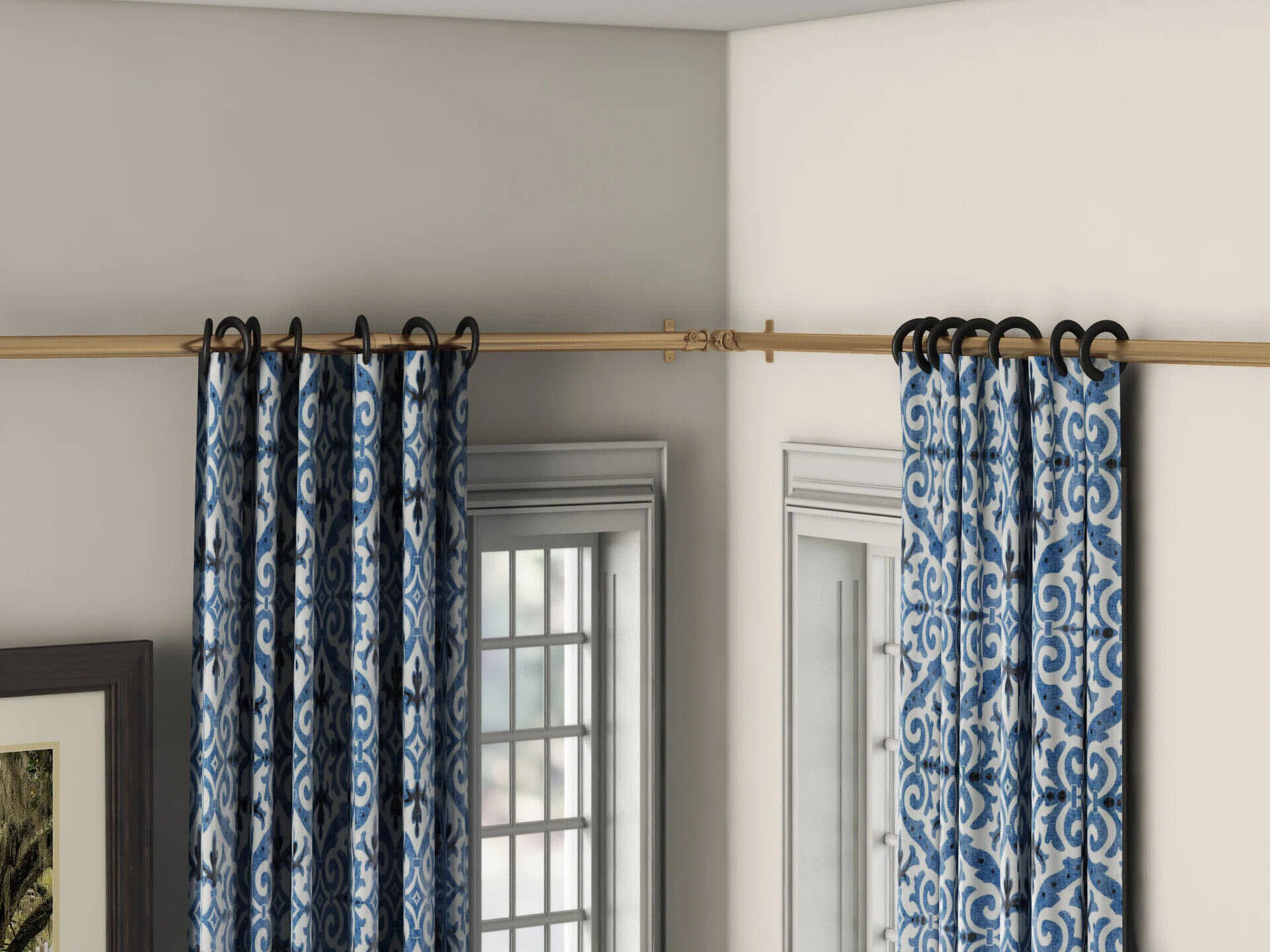

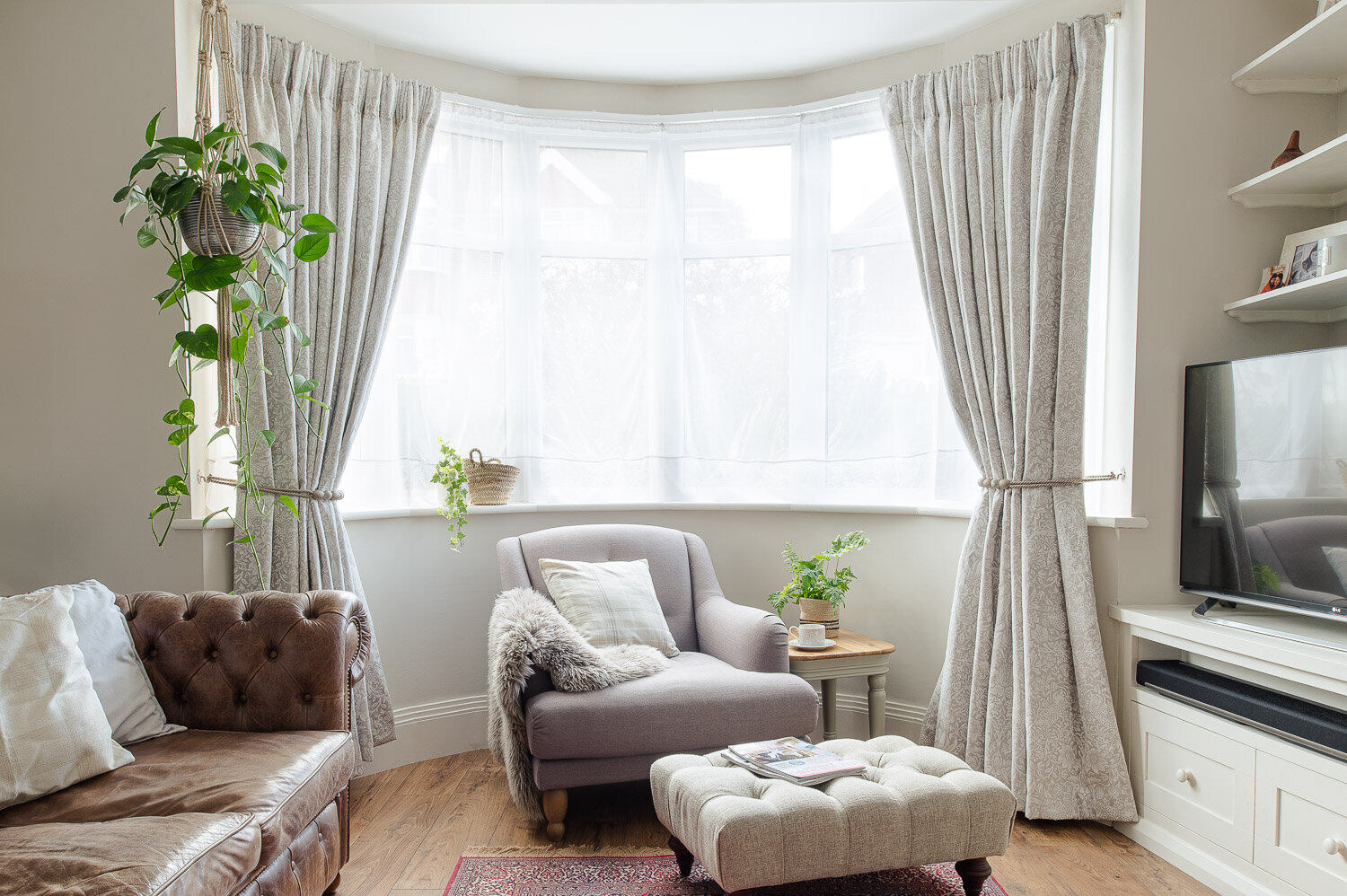
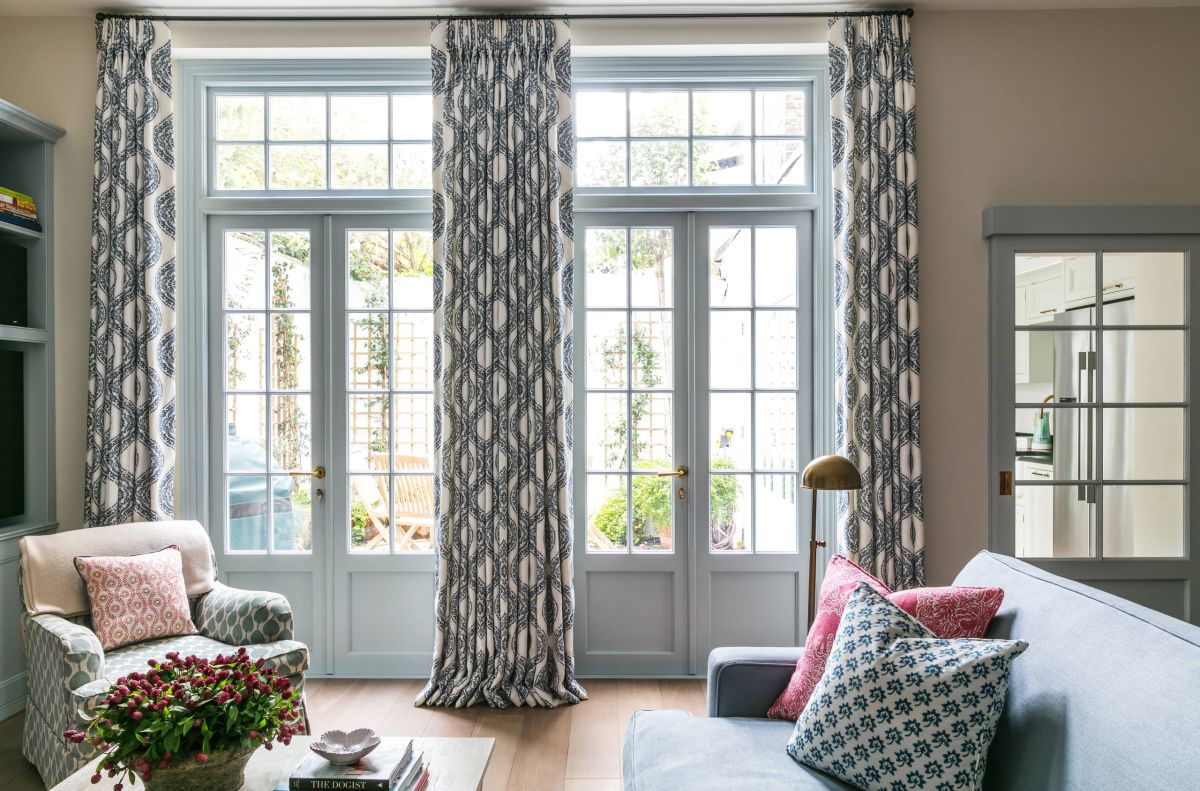

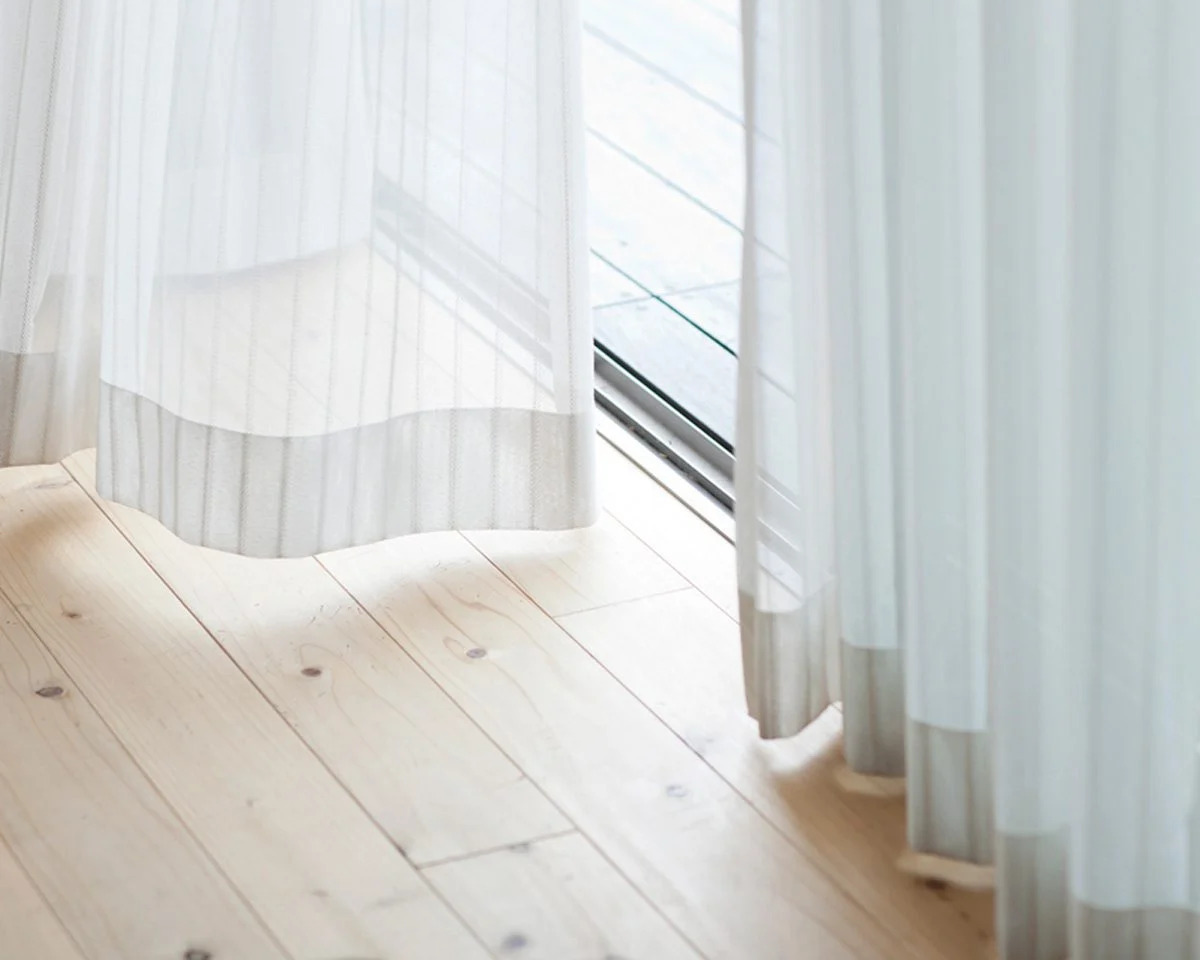
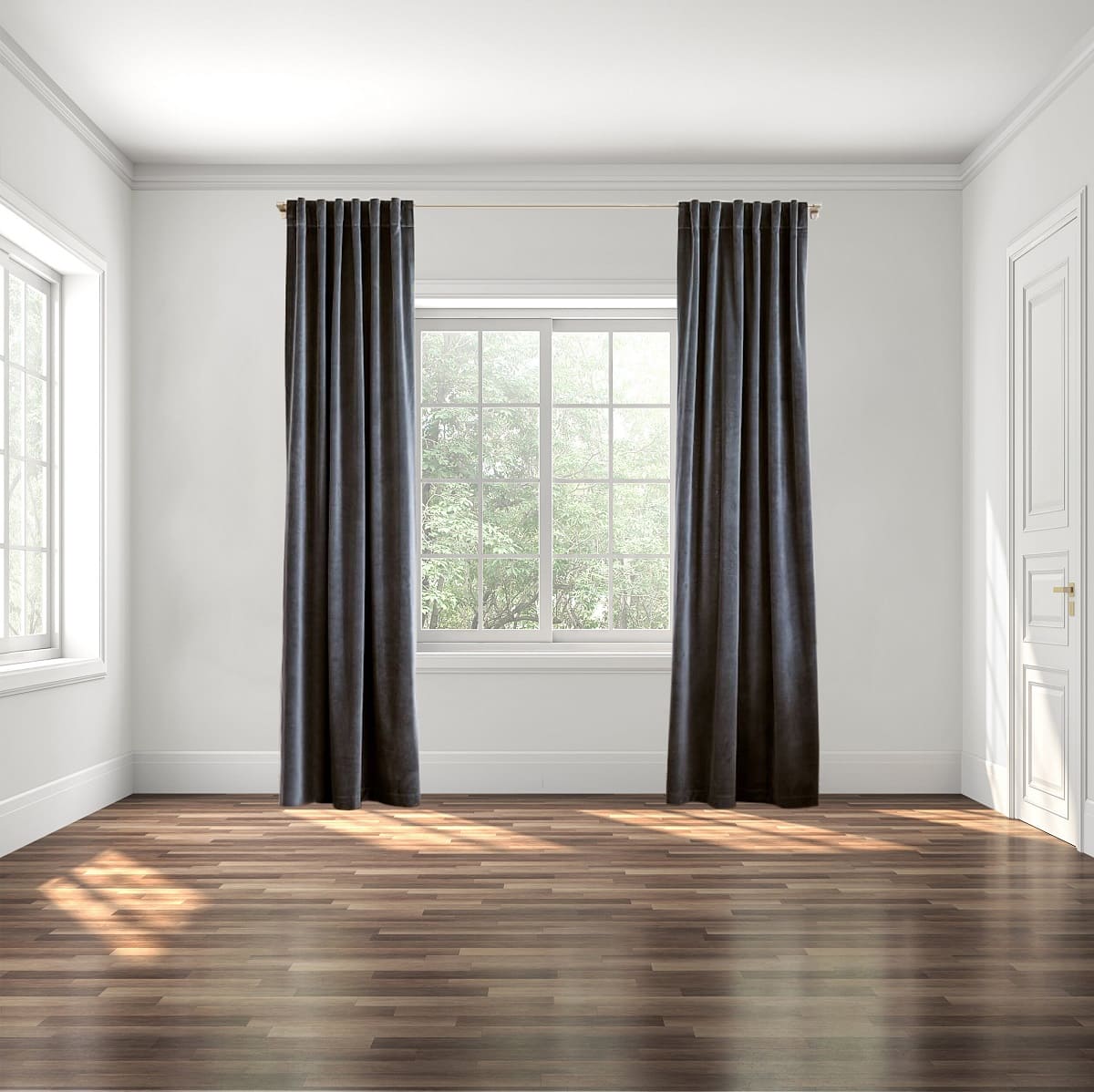
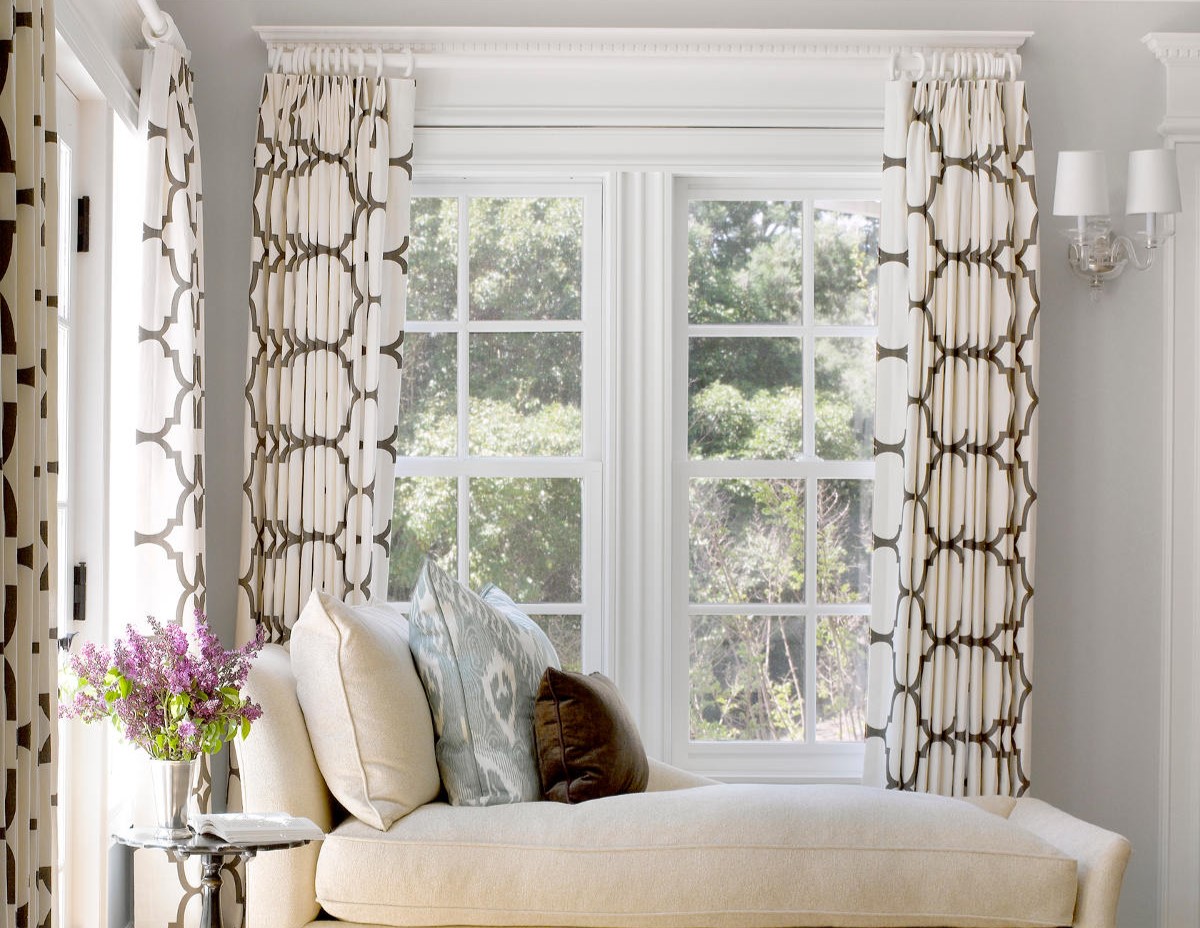
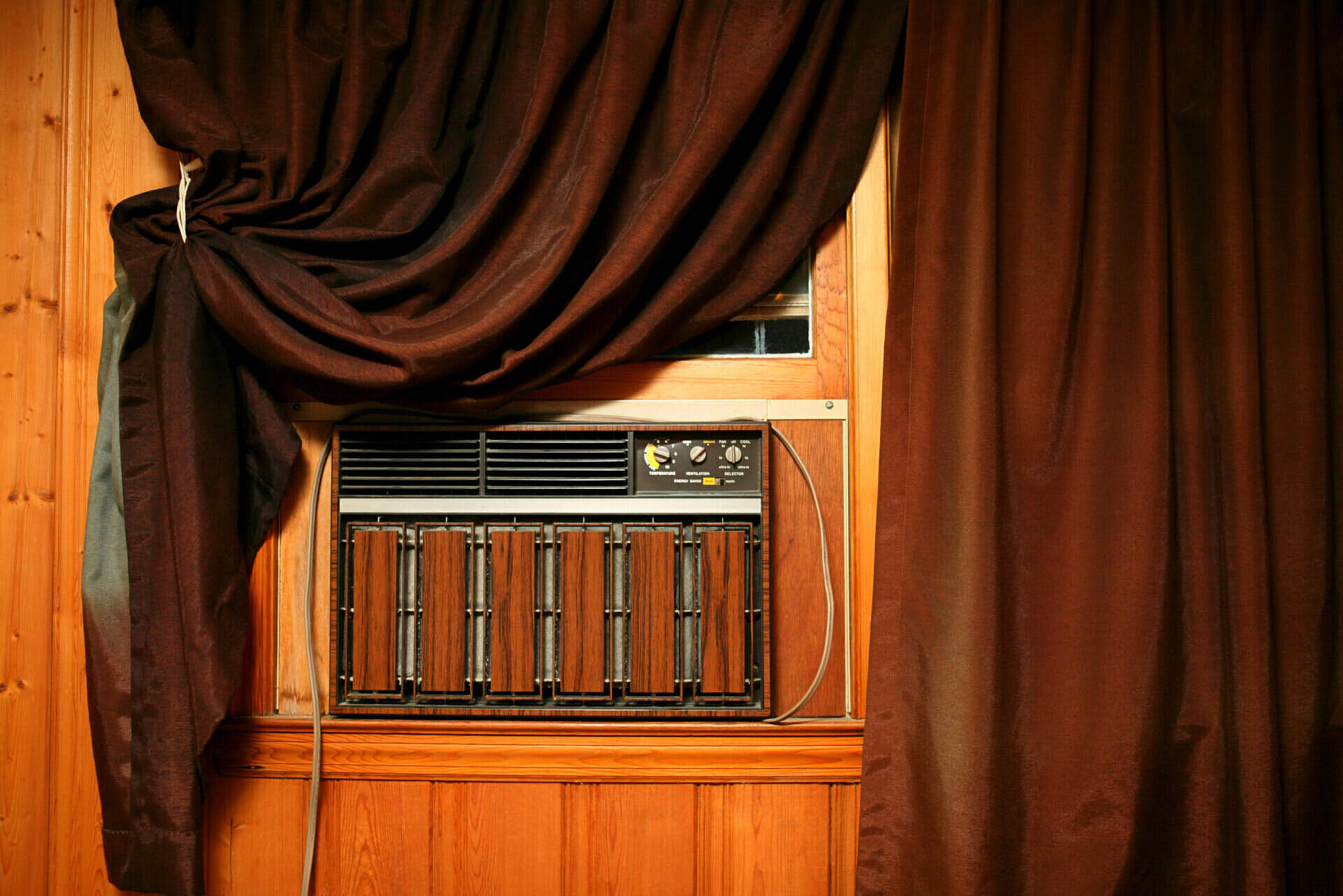
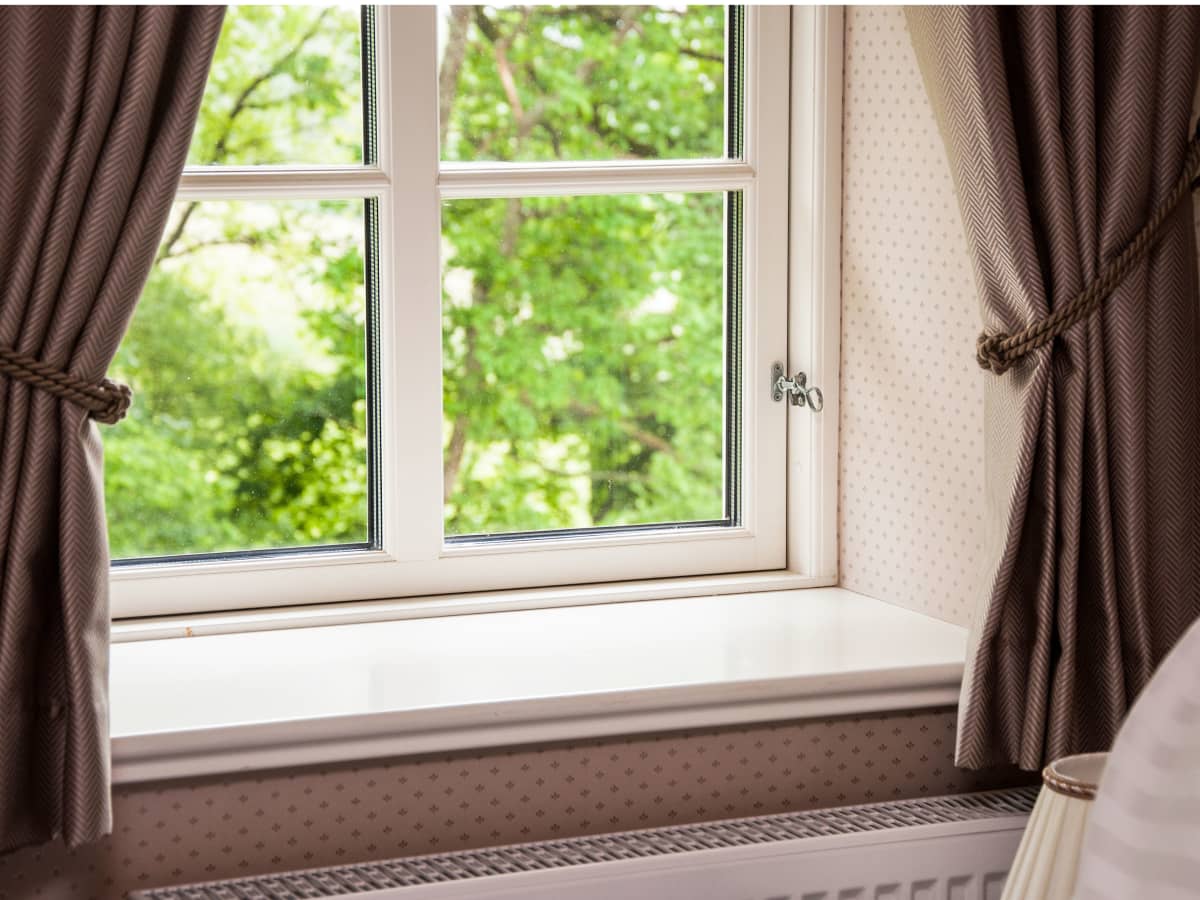
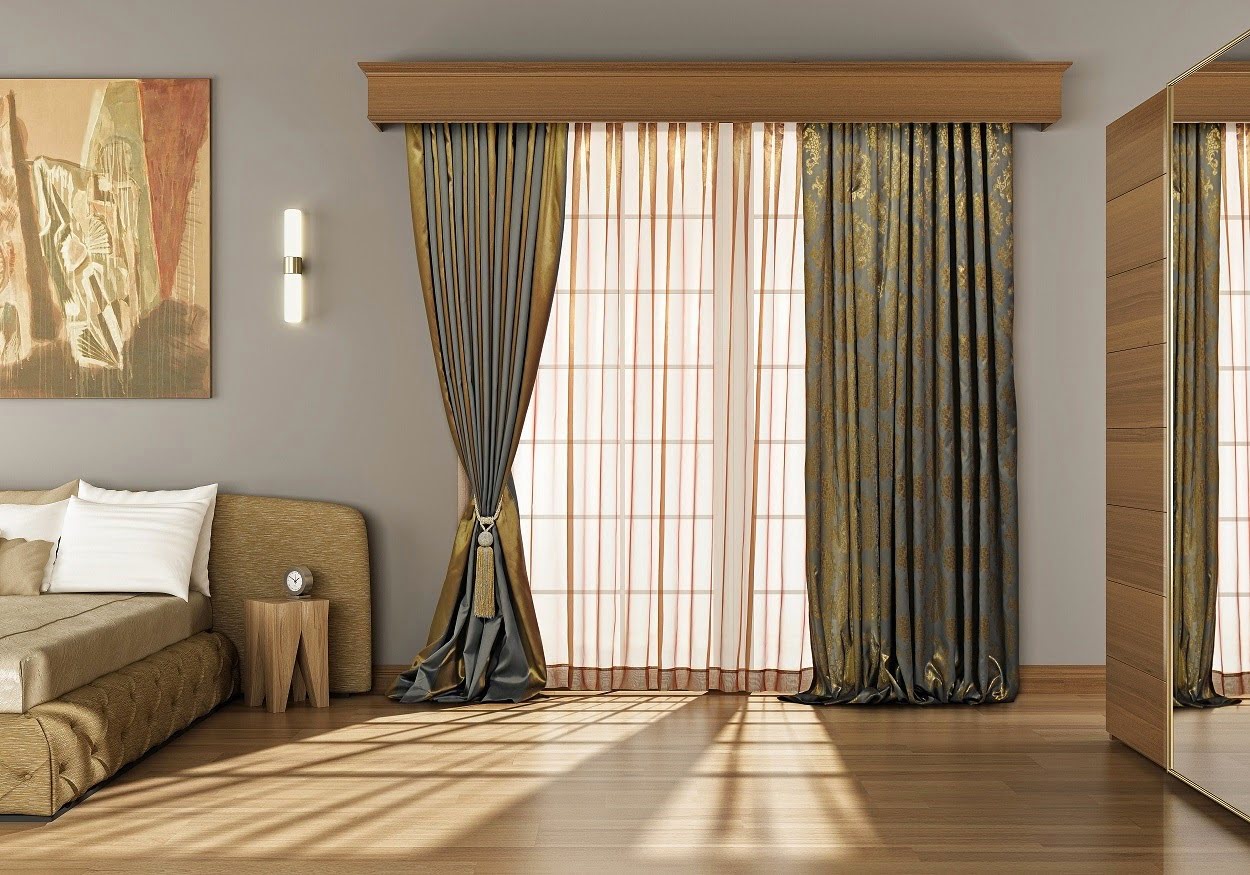


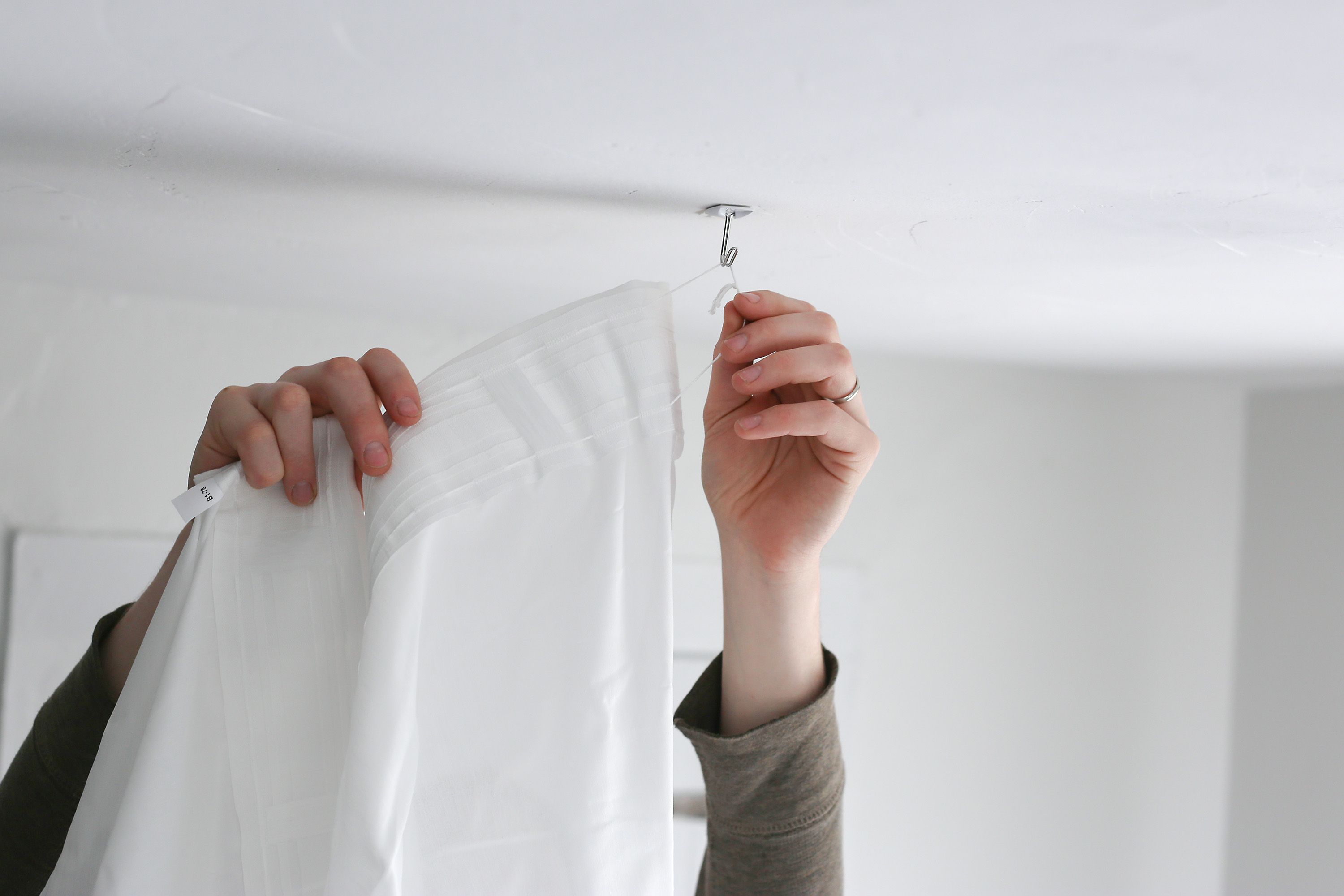

0 thoughts on “How Far Should Curtains Hang Below Window”